Kia’s first vehicles T-600, Brisa resurrected after 40 years
Now Korea’s No. 2 carmaker and the world’s No. 3 when combined with Hyundai, Kia looks back on its journey with pride
By Aug 21, 2023 (Gmt+09:00)
LG Chem to sell water filter business to Glenwood PE for $692 million


Kyobo Life poised to buy Japan’s SBI Group-owned savings bank


KT&G eyes overseas M&A after rejecting activist fund's offer


StockX in merger talks with Naver’s online reseller Kream


Mirae Asset to be named Korea Post’s core real estate fund operator


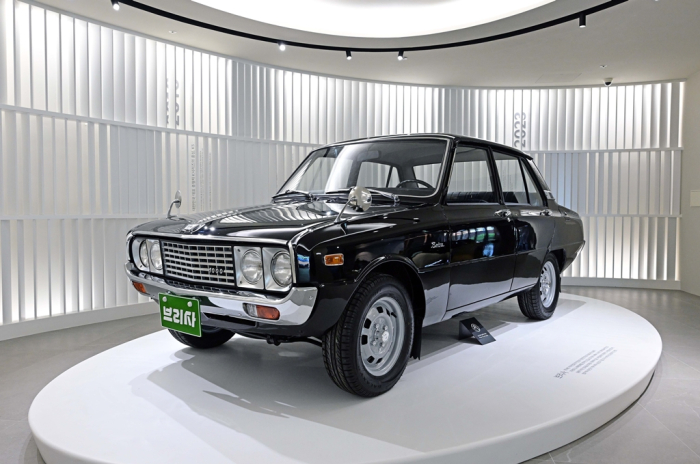
Not many people in the auto industry know that South Korea’s Kia Corp. started as a bicycle parts maker 79 years ago.
Back in 1944, Kim Chul-ho, an engineer trained in Japan, established Kyungsung Precision Industry to manufacture bicycle parts. By 1952, the company with its name changed to Kia Industries had produced Korea’s very first full-size bicycle.
As it set its sights on motor vehicles, Kia began building Honda-licensed small motorcycles in 1957 and Mazda-licensed pickup trucks in 1962.
In partnership with Japan’s Madza, Kia unveiled the T-600, a three-wheeled pickup vehicle in 1969, which instantly became a hit among Korea’s small business owners.
With its compact and lightweight frame, the T-600 was mainly used for coal and rice deliveries in narrow alleyways and rural areas.
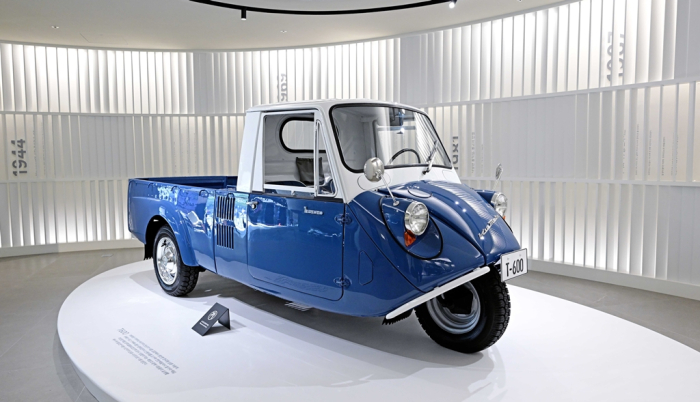
Nicknamed “sambari,” or a three-footed vehicle in Korean, it was the pickup truck of the common people during one of the poorest times of Korean history.
As accidents involving trikes on highways increased, however, the government banned the T-600 from entering highways in 1972. Kia then discontinued production of the model in the mid-1970s.
Nevertheless, in recognition of the role the T-600 played in Korean automotive history, the government designated it as a national registered cultural asset in 2008.
BRISA, THE CAR IN THE FILM ‘A TAXI DRIVER’
In 1974, Kia launched the Mazda-based Brisa range of sedans, which came into being under the government’s drive to localize major parts of cars and other equipment to reduce Korean companies’ heavy reliance on foreign suppliers.
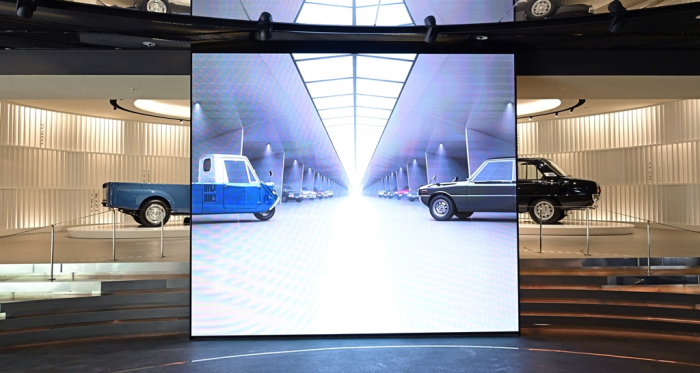
Within two years of its launch, the Brisa achieved a parts localization rate of as high as 90%.
The sedan gained popularity due to its excellent fuel economy during the global oil crisis.
But the production of the Brisa came to an end in 1981 as a result of the Chun Doo-hwan government’s forced industry consolidation.
Recently, the Brisa became famous after it was featured as the iconic taxi in the 2017 Korean movie “A Taxi Driver.”
A historical action drama starring Song Kang-ho in the lead role, the movie centers on a taxi driver from Seoul who unintentionally becomes involved in the events of the Gwangju Pro-democracy Movement in 1980 under Chun’s dictatorship.
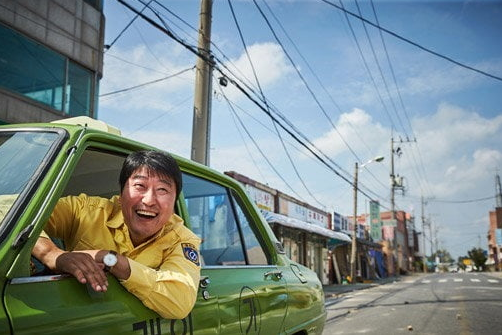
RESTORED & ON DISPLAY
Now the country’s second-largest automaker and a sister firm of Hyundai Motor Co., Kia has decided to resurrect the T-600 trike and the Brisa, which had disappeared into time.
Under its heritage project, Kia has revived the two iconic models to showcase the one-off exact replicas at its brand experience center “Kia 360” in Gangnam, southern Seoul through to the end of May next year.
Restoration work was carried out based on the T-600 and Brisa models stored in Kia’s research center, as well as by referencing past photos and catalogs from the time of their releases decades ago, according to Kia.
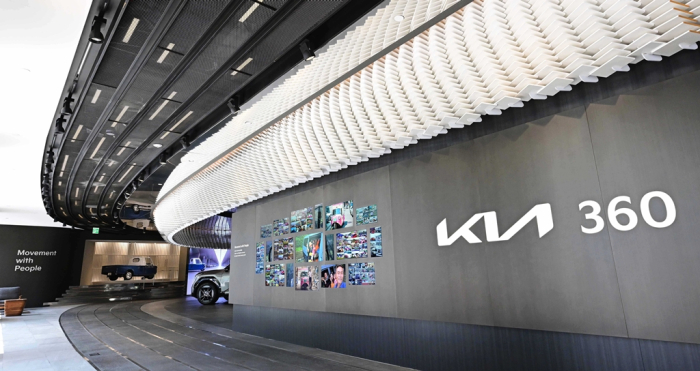
“We have prepared this heritage exhibition to look back on the journey we’ve shared with our customers and to reflect on its significance in our 79-year history as a mobility provider,” said a Kia official.
In May, Hyundai Motor shared a similar happy moment with car enthusiasts by resurrecting the 1974 Pony Concept – its first sedan, but that never reached commercial production.
Now five decades on, Hyundai, the world’s third-largest carmaker when combined with Kia, is looking back on the concept with pride, calling it a “retro-futuristic classic” that has served as its design inspiration.
Write to Sungsu Bae at baebae@hankyung.com
In-Soo Nam edited this article.
-
 AutomobilesKia America’s new normal: Record car sales month after month
AutomobilesKia America’s new normal: Record car sales month after monthAug 02, 2023 (Gmt+09:00)
2 Min read -
 AutomobilesHyundai, Kia firm up ranking as world's 3rd; first-half profits improve
AutomobilesHyundai, Kia firm up ranking as world's 3rd; first-half profits improveJul 31, 2023 (Gmt+09:00)
3 Min read -
 AutomobilesEnd of an era: Hyundai, Kia say goodbye to diesel-powered Porters, Bongos
AutomobilesEnd of an era: Hyundai, Kia say goodbye to diesel-powered Porters, BongosJul 24, 2023 (Gmt+09:00)
2 Min read -
 AutomobilesHyundai's journey from the Pony to world's No.3 carmaker
AutomobilesHyundai's journey from the Pony to world's No.3 carmakerJun 08, 2023 (Gmt+09:00)
1 Min read -
 AutomobilesHyundai’s design inspiration: Pony Concept restored after 50 years
AutomobilesHyundai’s design inspiration: Pony Concept restored after 50 yearsMay 19, 2023 (Gmt+09:00)
3 Min read -
 AutomobilesHyundai to resurrect 1974 Pony Coupe concept with designer Giugiaro
AutomobilesHyundai to resurrect 1974 Pony Coupe concept with designer GiugiaroNov 24, 2022 (Gmt+09:00)
2 Min read


